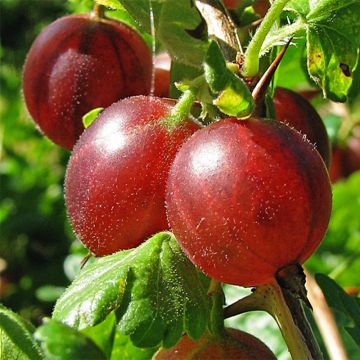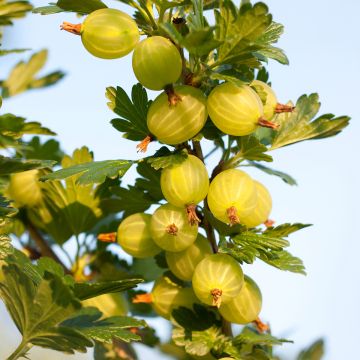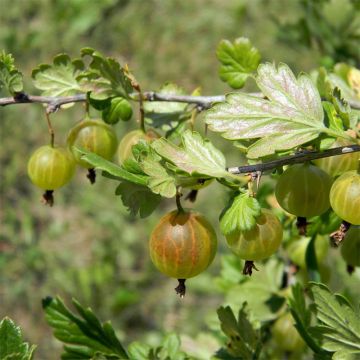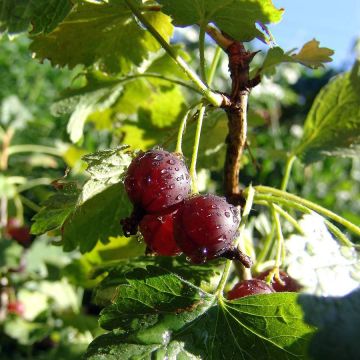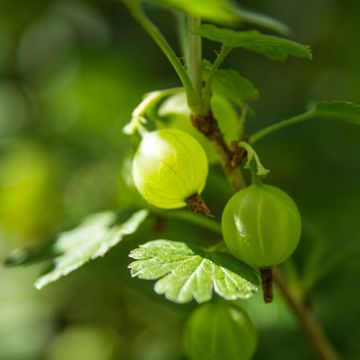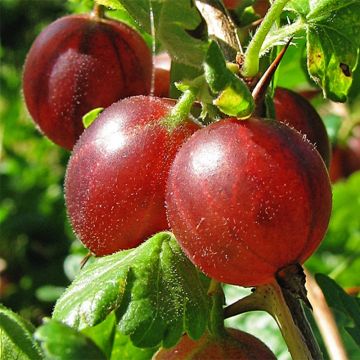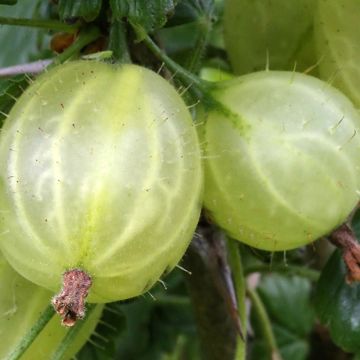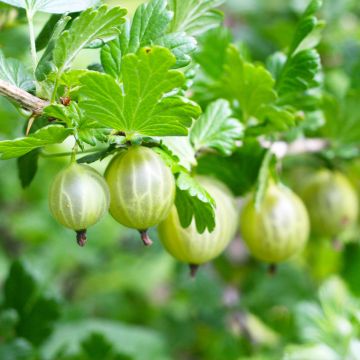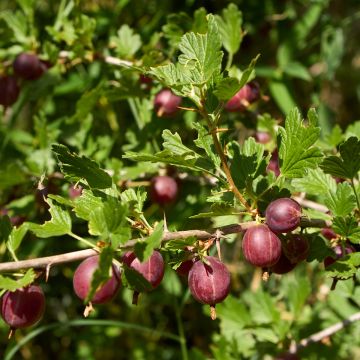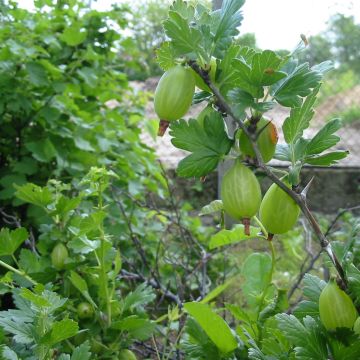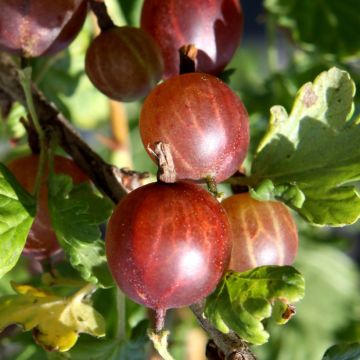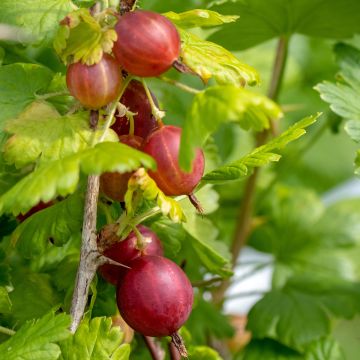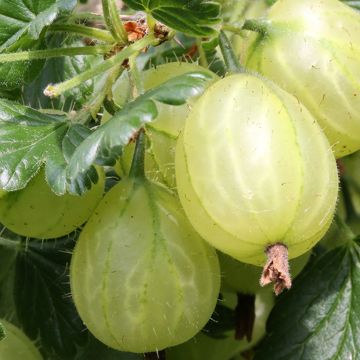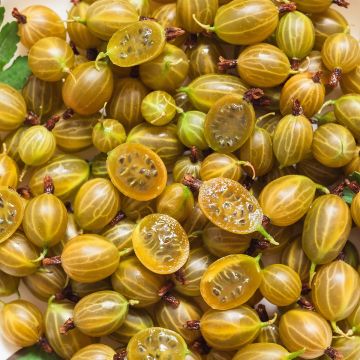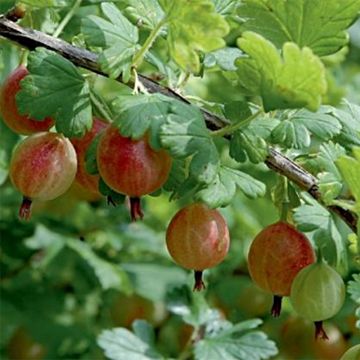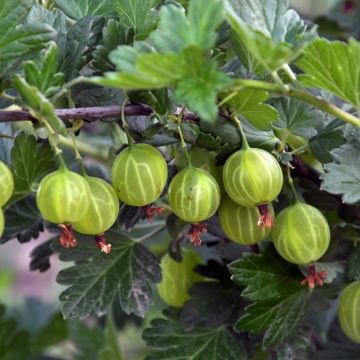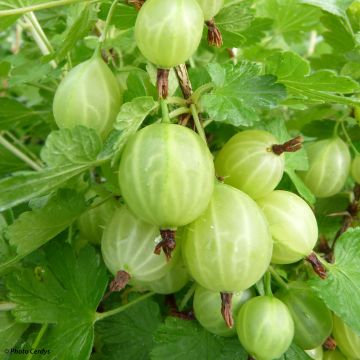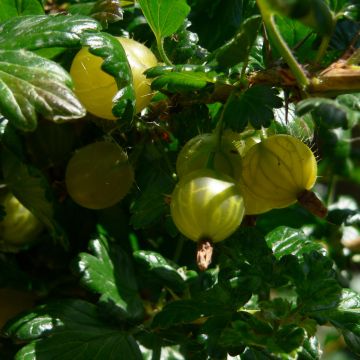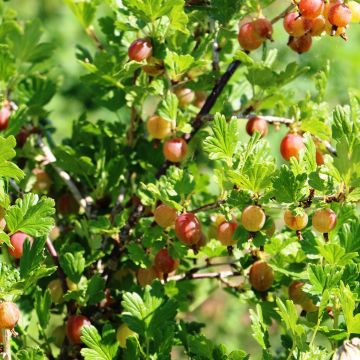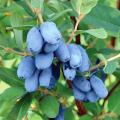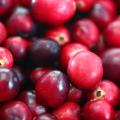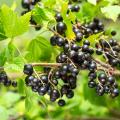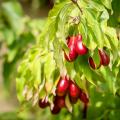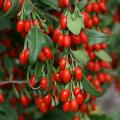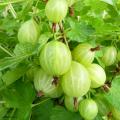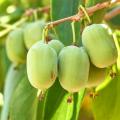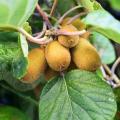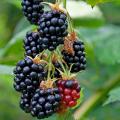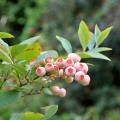Gooseberry bush
Does this plant fit my garden? Set up your Plantfit profile →
Available in 3 sizes
Available in 1 sizes
Available in 3 sizes
Available in 2 sizes
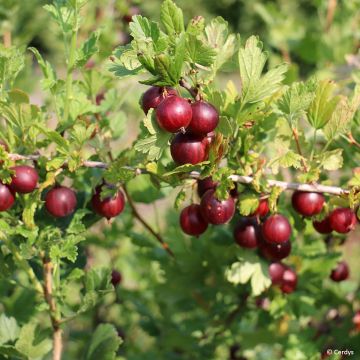
Available in 1 sizes
Available in 1 sizes
Available in 1 sizes
Available in 3 sizes
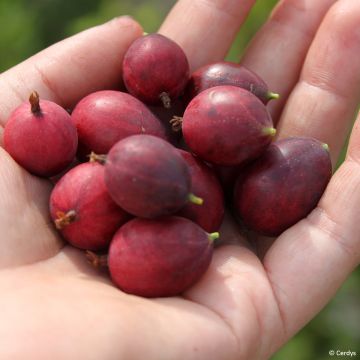
Available in 1 sizes
Available in 3 sizes
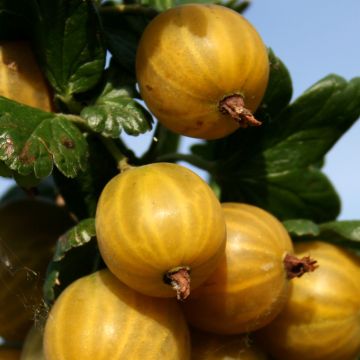
Available in 1 sizes
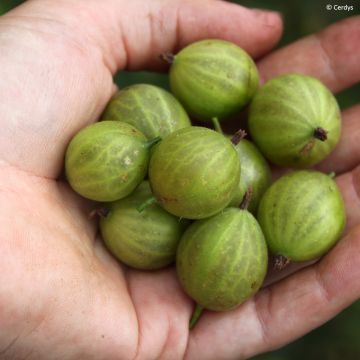
Available in 1 sizes
Available in 3 sizes
Available in 2 sizes
Available in 1 sizes
Available in 1 sizes
Available in 1 sizes
Available in 1 sizes
Available in 1 sizes
Available in 1 sizes
Available in 1 sizes
Available in 1 sizes
Available in 1 sizes
The Gooseberry bush is a small, spiny, hardy fruit bush cultivated in northern Europe since the 16th century for its large, round, translucent fruits with slightly velvety skin.
It comes in many varieties, with fruits that can be white-green, pink, or red in colour, and with flavours ranging from slightly acidic to sweet. A bushy shrub, branching from the base, generally measuring 1m (3ft) in height with a spread of 75cm (30in), it bears deciduous, toothed, and pubescent leaves, accompanied by a spine at the base of the petiole. The discreet, honey-scented spring flowering is followed by berries that are harvested in July-August, when they easily detach from their support. The Gooseberry bush can be used as a small edible or even defensive hedge, mixed with other gooseberries and raspberries, for example. Easy to grow in ordinary soil, even heavy soil, in full sun or partial shade.
Haven't found what you were looking for?







































